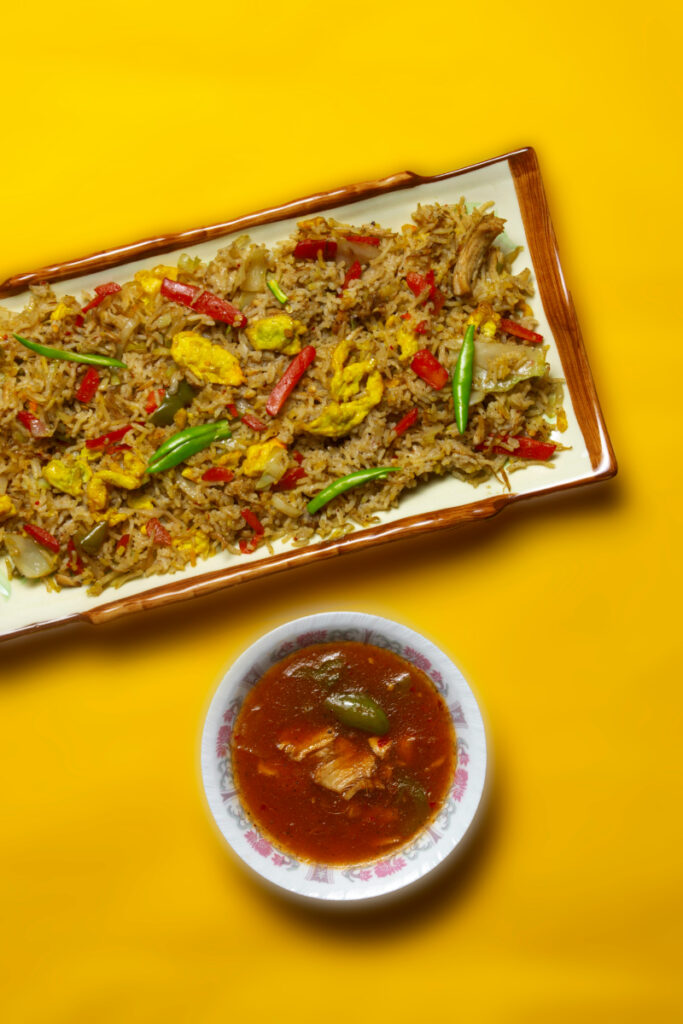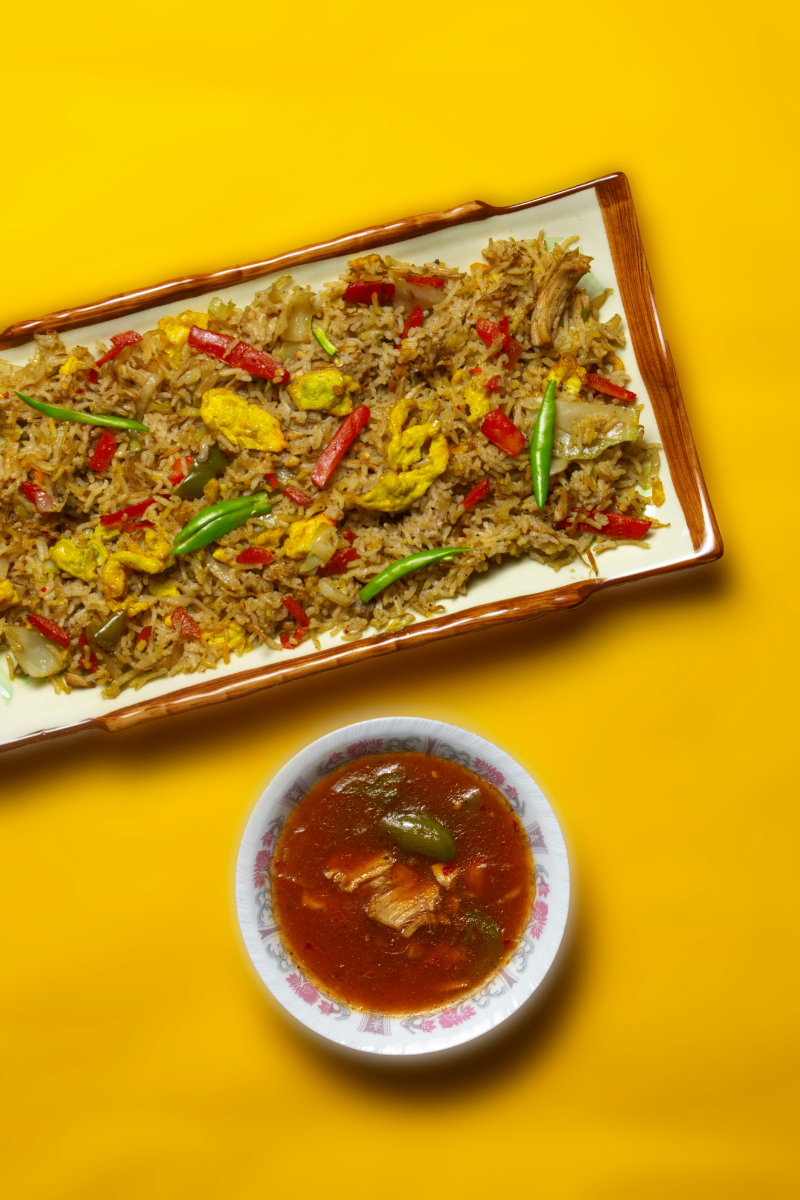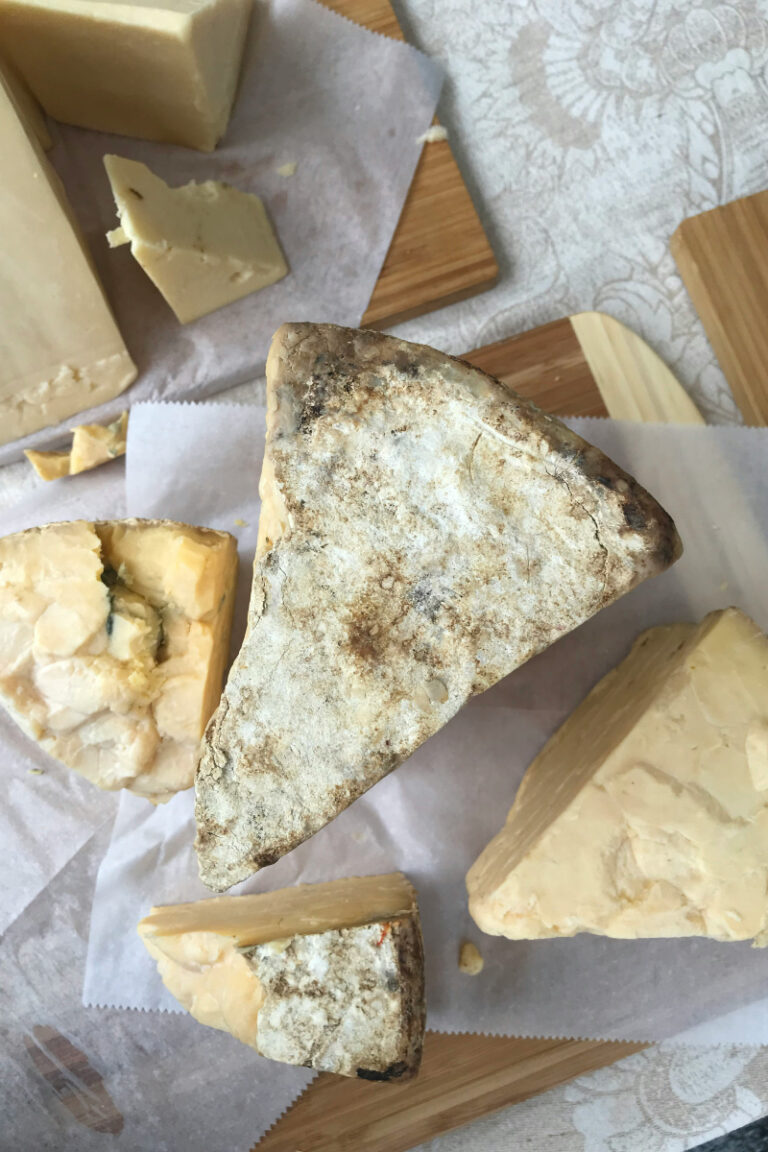How Many Carbs in Spanish Rice? A Quick Guide to Counting Your Carbs
Are you wondering how many carbs are in Spanish rice? If you’re watching your carbohydrate intake, it’s important to know how much of this popular dish you can enjoy without going over your limit. Spanish rice is a staple in many households and is often served as a side dish or as a base for a variety of Mexican-inspired meals.
The number of carbs in Spanish rice can vary depending on the recipe and ingredients used. Traditional Spanish rice is typically made with white rice, tomatoes, onions, garlic, and chicken broth. However, many variations exist that can include additional ingredients like bell peppers, corn, or beans. The carb content of these additional ingredients can add up quickly, so it’s important to be mindful of portion sizes and ingredients when calculating your carb intake.

Nutritional Profile of Spanish Rice
Spanish rice is a delicious and popular dish that is often served as a side dish or used as a base for other meals. It is made with rice, tomatoes, onions, and a variety of spices, and is a great source of carbohydrates and fiber. Here is a breakdown of the nutritional profile of Spanish rice:
Carbohydrate Content
One cup of Spanish rice contains approximately 40 grams of carbohydrates. This makes it a great source of energy for your body, especially if you are active or need to fuel up for a long day.
Fiber Content
Spanish rice is also a good source of fiber, which is important for maintaining healthy digestion and preventing constipation. One cup of Spanish rice contains about 2.7 grams of fiber, which is about 10% of your daily recommended intake.
Additional Nutrients
In addition to carbohydrates and fiber, Spanish rice also contains a variety of other important nutrients. For example, it is a good source of iron, which is important for maintaining healthy blood cells and preventing anemia. It also contains magnesium, which is important for maintaining healthy bones and muscles.
Overall, Spanish rice is a delicious and nutritious dish that can be enjoyed as part of a balanced diet. Whether you are looking for a quick and easy side dish or a hearty meal, Spanish rice is a great choice.
Factors Affecting Carbohydrate Content
When it comes to Spanish rice, the carbohydrate content can vary depending on several factors. Here are two factors that can affect the carbohydrate content of your Spanish rice:
Rice Variety
The type of rice used to make Spanish rice can have an impact on its carbohydrate content. For example, white rice has a higher glycemic index than brown rice, which means it can cause a more significant spike in blood sugar levels. Therefore, if you’re looking to reduce your carbohydrate intake, you may want to consider using brown rice instead of white rice when making your Spanish rice.
Cooking Method
The way you cook your Spanish rice can also affect its carbohydrate content. For example, if you cook your rice with added sugar or oil, it can increase its carbohydrate content. On the other hand, if you cook your Spanish rice with low-sodium chicken broth or water instead of oil, it can help reduce its carbohydrate content.
In summary, the type of rice and cooking method can both play a role in the carbohydrate content of your Spanish rice. If you’re looking to reduce your carbohydrate intake, you may want to consider using brown rice and cooking it with low-sodium chicken broth or water.
Comparing Spanish Rice to Other Rice Dishes
If you are trying to watch your carb intake, you may be wondering how Spanish rice compares to other rice dishes. Here is a breakdown of the carb content of Spanish rice compared to white rice, brown rice, and fried rice.
Spanish vs. White Rice
White rice is a staple in many households, but it is not the best option if you are looking to cut down on carbs. One cup of cooked white rice contains around 45 grams of carbs, while one cup of cooked Spanish rice contains around 35 grams of carbs. This means that Spanish rice is a slightly better option if you are trying to watch your carb intake.
Spanish vs. Brown Rice
Brown rice is often touted as a healthier alternative to white rice, but it is still relatively high in carbs. One cup of cooked brown rice contains around 45 grams of carbs, which is about the same as white rice. However, brown rice is a better option if you are looking to increase your fiber intake. One cup of cooked brown rice contains around 4 grams of fiber, while one cup of cooked Spanish rice contains around 1 gram of fiber.
Spanish vs. Fried Rice
Fried rice is a popular dish at many Chinese restaurants, but it is not the best option if you are trying to watch your carb intake. One cup of fried rice can contain up to 50 grams of carbs, depending on the ingredients used. This is significantly more than Spanish rice, which contains around 35 grams of carbs per cup. If you are trying to cut down on carbs, it is best to avoid fried rice and opt for Spanish rice instead.
Overall, Spanish rice is a good option if you are trying to watch your carb intake. While it is not as low in carbs as some other rice alternatives, it is still a better option than white rice and fried rice.






